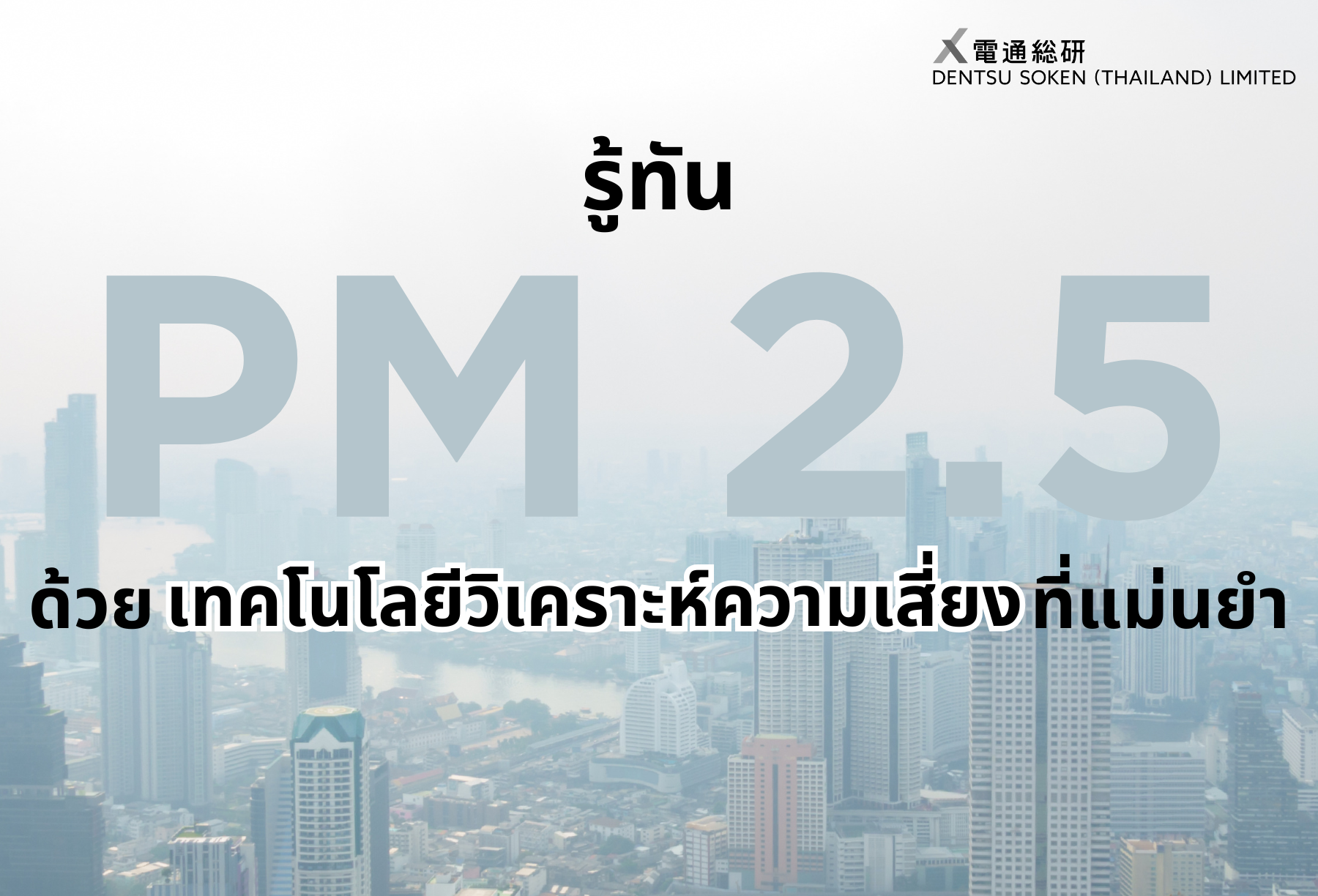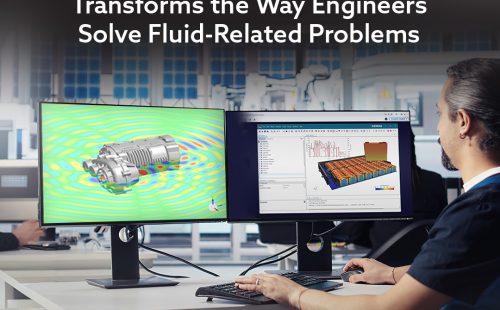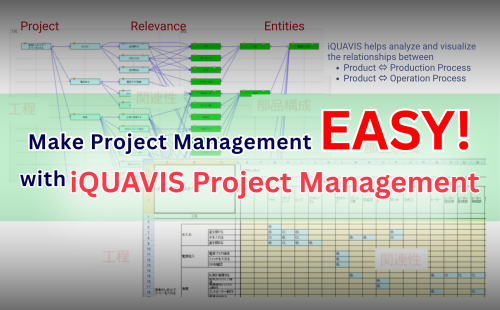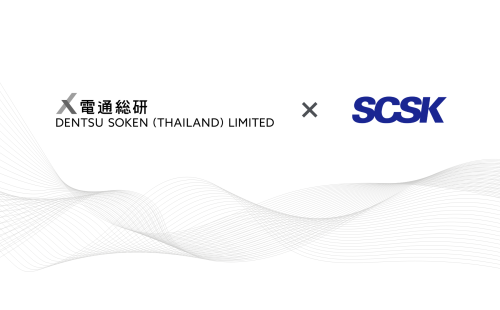🔎 Air Pollution Levels Today…
Here we go again—checking air quality before stepping outside has become a daily routine… 😷
.
PM 2.5: The Silent Threat Endangering Thai People’s Health
A critical issue everyone must be aware of—before it’s too late.
When the air is filled with harmful gases and fine particulate matter known as PM 2.5, our health is at serious risk. These tiny particles adversely affect the respiratory system, the heart, and even the mucous membranes in our bodies.
The National Ambient Air Quality Standards (NAAQS) have been adopted to monitor PM 10 and PM 2.5 based on particle size and their health impacts. Since early 2019, Thailand has experienced severe air pollution, drawing attention from government agencies, the media, and the public as a result.
What is PM 2.5, and why should we concern?
PM 2.5 refers to fine particulate matter smaller than 2.5 microns—tiny enough to be invisible to the naked eye and even smaller than human hair. Its danger lies in its ability to bypass the body’s natural filtration system, such as nasal hair, and penetrate deep into the lungs.
Although inhaling PM 2.5 may not cause immediate harm, its accumulation over several years can have significant long-term adverse effects, as these particles can carry toxic substances such as carcinogens and heavy metals into the lungs.
Where Does PM 2.5 Come From?
- 🚗 Road traffic: Diesel engine combustion and traffic congestion are the most significant contributors.
- 🏭 Industrial factories and power plants: The burning of fossil fuels and coal.
- 🔥 Burning in open areas and in non-open areas: The burning of waste materials, forest fires, and agricultural residues.
This Article will Focus on: Pollution from Road Vehicles
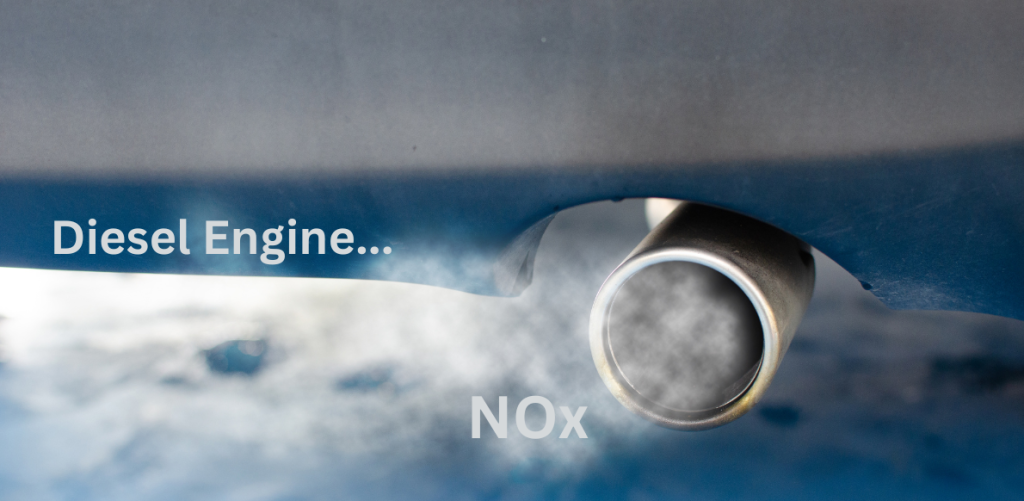
The Impact of Diesel Vehicles and Traffic Emissions
Vehicles are a major source of nitrogen oxides (NOx), produced from high-temperature combustion and atmospheric chemical reactions, leading to respiratory issues.
However, roadside monitoring stations may not always reflect the actual pollution exposure in urban areas, as long-term average readings fail to capture short-term pollution spikes that could reach hazardous levels
How Technology Helps Analyze Pollution Risks
New technologies, such as Computational Fluid Dynamics (CFD) simulations, are being used to analyze pollution dispersion in urban environments. Advanced software like Siemens Simcenter STAR-CCM+ enables precise simulation and analysis to develop effective pollution mitigation strategies. This tool allows stakeholders to better understand pollutant behavior and human exposure.
A study titled “Simulation of Traffic-Born Pollutant Dispersion and Personal Exposure Using High-Resolution Computational Fluid Dynamics” by Sadjad Tajdaran, Fabrizio Bonatesta, Byron Mason, and Denise Morrey, analyzed how four EURO 5 diesel vehicles traveling at a constant speed generated NOx concentrations of up to 1.25 mg/m³, exceeding both 24-hour and annual air quality standards.
The study highlights how numerical tools can identify pollution hotspots and inform mitigation measures, such as urban infrastructure that can act as protective barriers to reduce exposure.
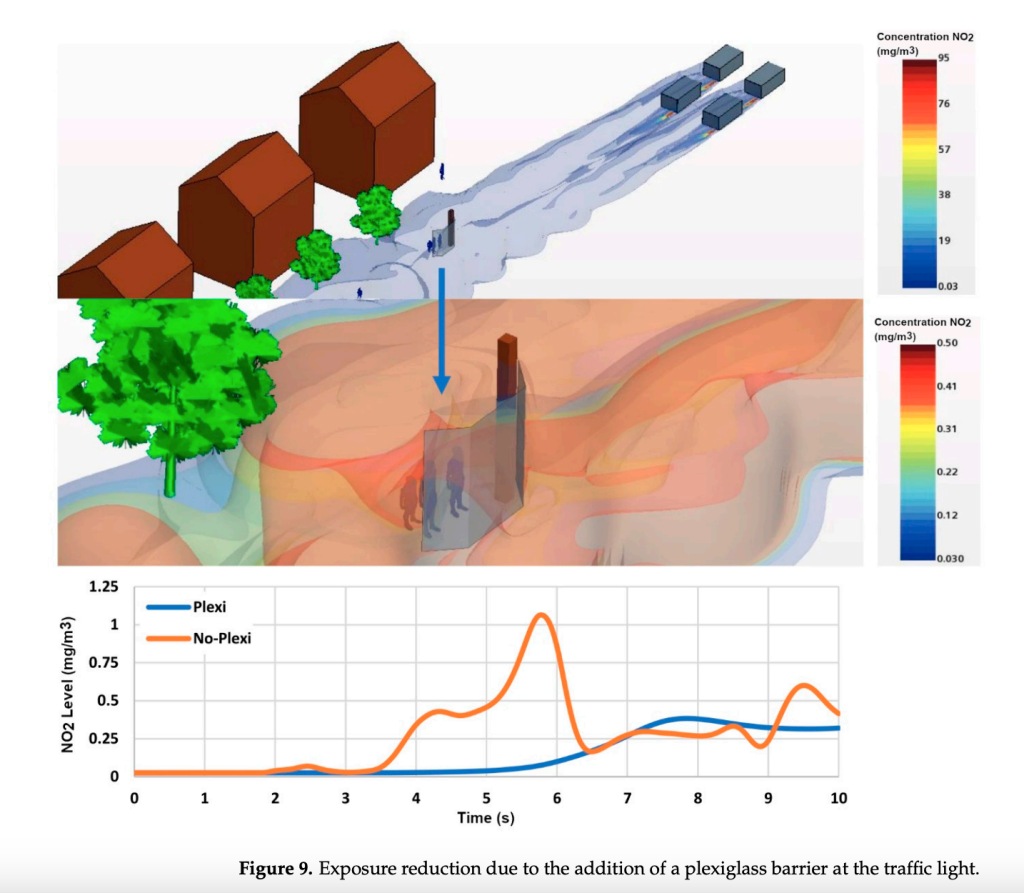
How CFD Simulations Work
CFD simulations are used to model pollution flow in urban environments. Vehicles moving through city streets emit pollutants like NOx, which then disperse into the air, affecting pedestrians and nearby areas. Siemens Simcenter STAR-CCM+ uses advanced techniques like Overset Meshing, which separates moving and stationary areas for more precise calculations.
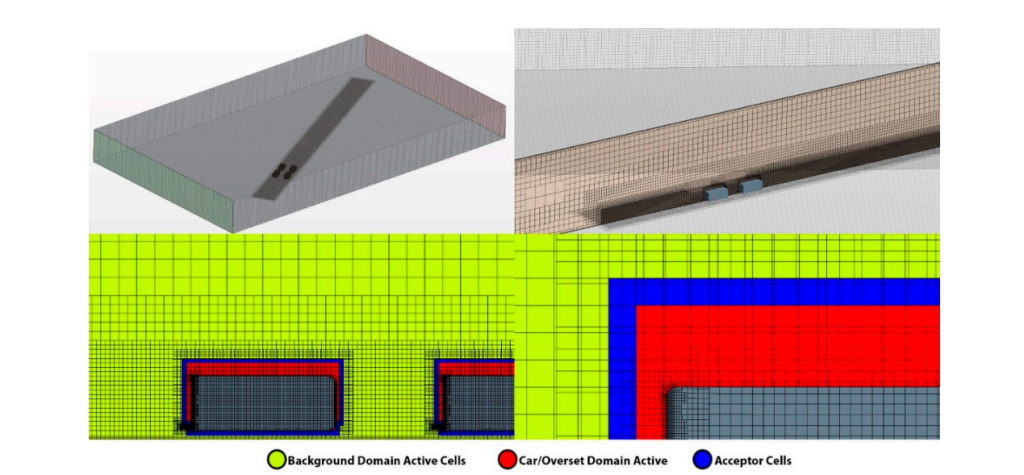
Why Overset Meshing is a Game Changer
✅ No More Re-Meshing Hassles: Adjusting vehicle movement no longer requires redoing the entire mesh structure.
✅ More Accurate Simulations: Overset meshing is crucial for accurately studying how gases spread in complex geometries, such as those found in city streets.
✅ Faster Computation: Targeted meshing zones reduce processing time, making simulations quicker and more efficient.
Conclusion
PM 2.5 is an unavoidable silent threat to public health, with key sources being traffic and industrial emissions. Although it is challenging to completely avoid these pollutants, advancements in technology, especially through CFD simulations, provide valuable insights into pollution dispersion and exposure patterns.
Cutting-edge software such as Siemens Simcenter STAR-CCM+ has become a crucial tool for experts to simulate real-world scenarios and devise effective pollution reduction strategies. With advanced techniques like Overset Meshing, computational accuracy and efficiency have significantly improved.
The integration of these technologies plays a vital role in addressing PM 2.5 pollution, enabling authorities to anticipate pollution trends and implement targeted preventive measures. This, in turn, helps create safer environments and improves people’s quality of life.
Interested in learning how Computational Fluid Dynamics (CFD) can help analyze pollution dispersion?
Dentsu Soken Thailand is here to provide expert consultation. Contact us to learn more!
📞 Tel: +66 (2) 632-9112
📧 Email: sales_th@th.dentsusoken.com
🌐 Website: www.th.dentsusoken.com
🟢 Line Official: https://bit.ly/DentsuSokenThailand-Line
🔵 Facebook: www.facebook.com/dentsu.soken.thailand
🔵 LinkedIn: www.linkedin.com/company/dentsu-soken-thailand-limited
🔴 YouTube: www.youtube.com/@Dentsu-Soken-Thailand
Documents supporting the article
- Full case study document: https://radar.brookes.ac.uk/radar/file/e1fdd484-3fc9-49cd-a65c-c2bdf868cff9/1/environments-09-00067.pdf
- Learn more about the capabilities of Siemens Simcenter STAR CCM+ at: https://th.dentsusoken.com/products/simcenter-star-ccm/
👨🏻💻 Written and analyzed by:
Nithikit Thanateerarangsan, Manufacturing Dept. Team Leader
CAE solution experts with experience in aerodynamic analysis and design of UAVs using Computational Fluid Dynamics (CFD) techniques.


